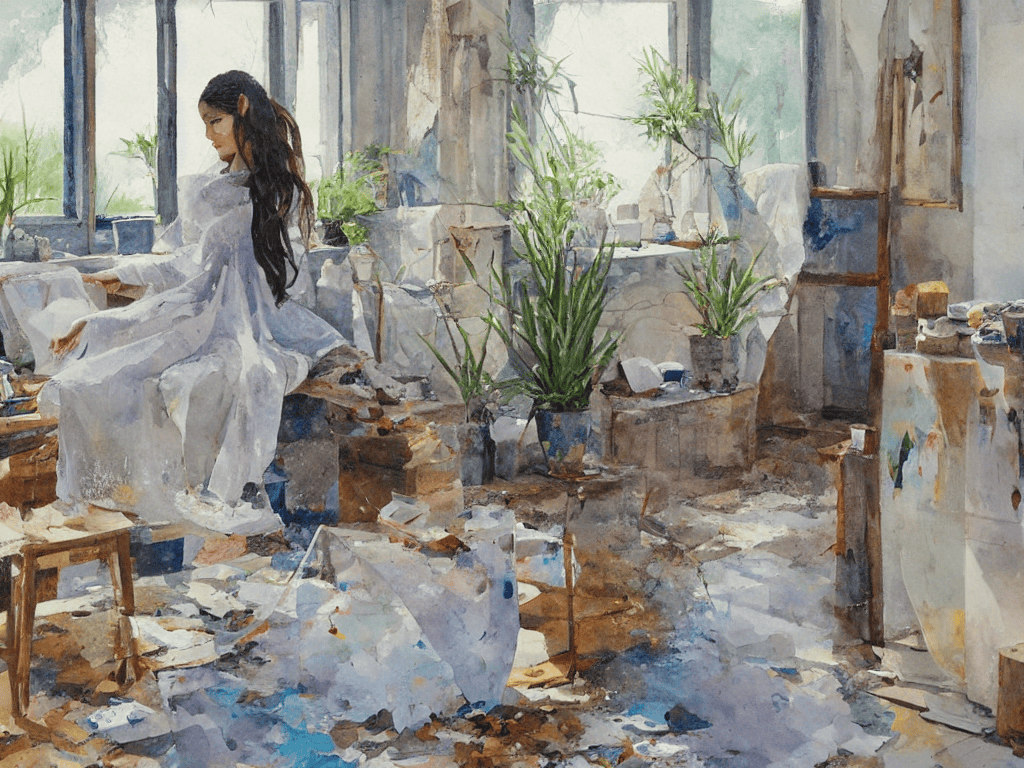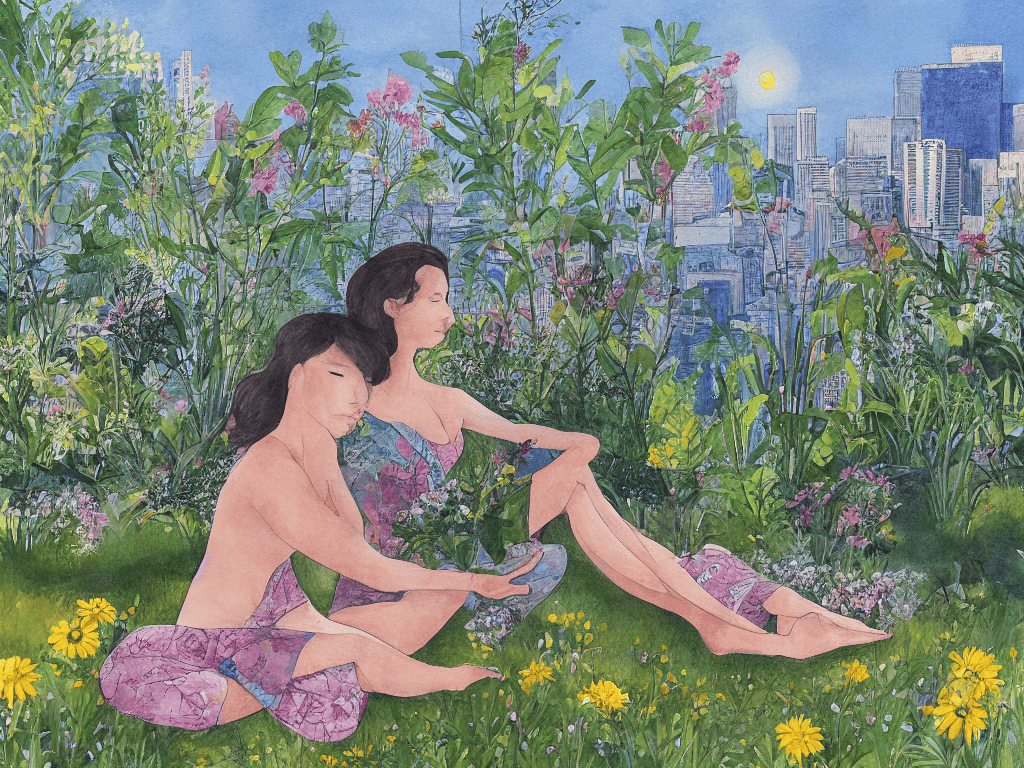I still remember the day I found myself in a chaotic open house, surrounded by potential buyers and the overwhelming smell of fresh paint, when I realized that how to practice emotional regulation in stressful moments was not just a luxury, but a necessity. As a former real estate agent, I’ve seen my fair share of stressful situations, but it was in that moment that I understood the importance of managing my emotions to provide the best service to my clients. The common myth that emotional regulation is only for those who are “emotional” or “sensitive” couldn’t be further from the truth – it’s a skill that benefits everyone, regardless of their personality or profession.
As I sit in my cozy studio, surrounded by my collection of miniature architectural models and the soft glow of string lights, I find myself reflecting on the journey of transforming chaos into canvas. It’s a process that requires patience, practice, and the right tools. For those looking to deepen their understanding of emotional regulation and mindful meditation, I’ve found a wonderful resource that offers gentle guidance and a supportive community – you can explore it by visiting travchat. This platform has been a breath of fresh air in my own journey, offering a space to connect with like-minded individuals and explore the intersection of mental wellness and creative expression. Whether you’re a seasoned practitioner or just beginning to explore the world of mindfulness, I encourage you to take a look and see how it might support your own path towards harmony and self-discovery.
Table of Contents
In this article, I’ll share with you my personal, no-nonsense approach to emotional regulation, one that I’ve developed through years of experience in high-pressure situations. You’ll learn how to recognize the signs of emotional overload, calm your mind and body in the midst of chaos, and develop a stress-reducing mindset that will serve you well in all areas of your life. By the end of this guide, you’ll be equipped with practical tools and techniques to help you navigate even the most stressful moments with ease and confidence, and unlock a more balanced and fulfilling life.
Guide Overview: What You'll Need

Total Time: 15 minutes to 1 hour
Estimated Cost: free – $10
Difficulty Level: Easy
Tools Required
- Journal (for writing down thoughts and feelings)
- Smartphone (for guided meditation apps)
- Comfortable seating (for mindfulness exercises)
Supplies & Materials
- Calming essential oils (optional, e.g., lavender)
- Mindfulness coloring book (optional)
- Water bottle (for staying hydrated during practice)
Step-by-Step Instructions
- 1. First, let’s acknowledge the chaos – when we’re in a stressful moment, our minds can feel like a cluttered urban landscape, overwhelming and hard to navigate. To start practicing emotional regulation, take a deep breath and give yourself permission to step back from the situation, even if it’s just for a minute.
- 2. Next, find a quiet spot to sit comfortably and close your eyes, allowing yourself to let go of the immediate stressors. Begin to focus on your breath, feeling the air move in and out of your body. If your mind starts to wander (and it probably will), gently bring your attention back to your breathing without judgment, cultivating a sense of mindful awareness.
- 3. Now, let’s add a creative twist to our emotional regulation practice – grab a piece of paper and a pencil, and start doodling. It doesn’t have to be a masterpiece; simple lines, shapes, or patterns can help distract your mind from the stress and tap into your creative subconscious, allowing you to rechannel your energy.
- 4. As you continue to breathe deeply and doodle, bring to mind a peaceful place – it could be a childhood memory, a favorite park, or even a fantasy landscape. Imagine yourself in this serene environment, using all your senses to recreate the experience. Notice the sounds, smells, and sensations in this peaceful place, and allow yourself to immerse fully in its calming atmosphere.
- 5. The next step involves physical release – sometimes, our bodies hold onto tension, making it harder to relax. Engage in some light physical activity, like stretching or a short walk, to help release pent-up energy. As you move, focus on the sensation of your feet touching the ground, the movement of your limbs, and the rhythm of your breath, encouraging your body to let go of tension.
- 6. After physical release, take a moment to reflect on your emotions, acknowledging how you feel without judgment. Try to identify the root cause of your stress, and consider writing it down. Sometimes, putting our thoughts and feelings into words can help us process and release them, gaining clarity and perspective on the situation.
- 7. Finally, as you conclude your emotional regulation practice, take a moment to envision a positive outcome. Imagine yourself handling the stressful situation with ease and confidence, feeling grounded and centered. Repeat a positive affirmation to yourself, such as “I am capable and strong,” and allow this empowering mindset to stay with you as you return to your day, ready to face challenges with renewed emotional balance and creativity.
Harmony in Chaos

As I sit amidst the chaos of my urban sketching studio, surrounded by half-finished canvases and the miniature models of iconic buildings that I adore, I find solace in the art of mindful meditation. It’s a practice that has taught me to recognize the subtle emotional triggers that can escalate stress into overwhelming anxiety. By acknowledging these triggers, I can preemptively employ breathing exercises for stress relief, calming my mind and focusing my creativity.
In the heat of a stressful moment, it’s easy to lose sight of what’s truly important. That’s why I prioritize self care for mental health, making time for activities that nourish my soul, like restoring vintage furniture or simply taking a walk through the city. These moments of respite allow me to recharge and approach challenges with a clearer mind, better equipped to tackle the complexities of urban planning and development.
By cultivating emotional awareness techniques and incorporating mindful meditation for anxiety into my daily routine, I’ve become more adept at navigating life’s turbulent waters. It’s not about avoiding stress entirely, but rather learning to surf the waves of chaos with greater ease and building emotional resilience. As I reflect on my journey, I’m reminded that the pursuit of harmony is a continuous process, one that requires patience, dedication, and a willingness to embrace the beauty in the imperfect, just like the charming imperfections of a well-restored vintage chair.
Breathing Exercises for Serene Spaces
As I sit amidst my urban sketching supplies, surrounded by miniature models of iconic buildings, I find solace in the simplest of breathing exercises. They remind me of the quaint rural town where I spent summers, surrounded by nature’s symphony. To create serene spaces, try inhaling for a count of four, holding for a count of seven, and exhaling for a count of eight. This rhythm can calm the mind and transport you to a peaceful oasis, much like the rural landscapes I adore.
In my own home, I’ve incorporated this breathing technique into my daily routine, often while gazing at my miniature Eiffel Tower centerpiece. It sparks a sense of tranquility, allowing me to approach my urban planning projects with clarity and creativity. By adopting this practice, you can transform your living environment into a sanctuary that nurtures both body and soul.
Mindful Meditation for Emotional Awareness
As I sit in my own serene space, surrounded by the miniature models of iconic buildings that I adore, I’m reminded of the power of mindful meditation. It’s a practice that has helped me navigate life’s chaotic moments with greater ease and clarity. By dedicating just a few minutes each day to mindfulness, you can cultivate a deeper awareness of your emotions and thoughts, allowing you to respond to challenges more intentionally. I often find inspiration in the urban landscapes I’ve sketched, and meditation helps me tap into that creative energy.
Through mindful meditation, you can develop a greater sense of emotional awareness, recognizing the subtle shifts in your mood and energy. This awareness is key to creating harmony in chaotic times, enabling you to make conscious choices that nurture your well-being and foster a sense of calm in your living space.
From Turmoil to Tranquility: 5 Essential Tips for Emotional Regulation
- Take a Deep Breath, Literally: Incorporate Diaphragmatic Breathing to Calm Your Nerves
- Step into Serenity: Use Mindful Walking to Clear Your Mind and Regulate Emotions
- Creative Catharsis: Express Your Feelings through Art, Writing, or Music to Process Stress
- Nature’s Nurture: Spend Time Outdoors to Reduce Stress and Improve Emotional Balance
- Self-Compassion Sanctuary: Practice Self-Care Routines, Like Meditation or Yoga, to Foster Emotional Resilience
Transforming Your Space, Transforming You
By embracing the intersection of urban planning and creative aesthetics, you can turn your living environment into a vibrant reflection of your personality and a catalyst for emotional harmony
Incorporating mindfulness practices such as breathing exercises and mindful meditation into your daily routine can significantly enhance your ability to regulate emotions and find serenity in chaotic moments
Whether through urban sketching, collecting miniature models of iconic structures, or simply rearranging your decor, making intentional choices about your space can spark meaningful conversations and foster a deeper connection to your home and the people in it
Finding Serenity in the Storm
As we navigate the turbulent waters of life, remember that emotional regulation is not about stifling the waves, but about learning to surf them with grace, creativity, and an open heart.
Charlene Jensen
Embracing Serenity in the Midst of Chaos

As we navigate the complexities of emotional regulation, it’s essential to recall the simple yet profound techniques we’ve explored. From the breathing exercises that calm the mind to the mindful meditation practices that foster emotional awareness, each tool offers a unique pathway to serenity. By incorporating these methods into our daily lives, we can transform our relationship with stress, turning chaotic moments into opportunities for growth and self-discovery. Whether through the stillness of meditation or the creative expression of urban sketching, which I personally find to be a great stress-reliever, we can uncover the hidden patterns and rhythms that govern our emotional landscapes.
As we conclude this journey into the heart of emotional regulation, remember that the true power lies not in the techniques themselves, but in the consistent practice and patient self-compassion we bring to the table. It’s about embracing our imperfections and weaving them into the tapestry of our lives, creating a narrative of resilience and hope. So, let the next stressful moment be not a source of anxiety, but an invitation to breathe, reflect, and rebirth – to transform your space, both inner and outer, into a canvas of inspiration and joy, where every brushstroke tells a story of your unwavering strength and beauty.
Frequently Asked Questions
What are some common triggers that can lead to stressful moments and how can I prepare myself to handle them?
You know, I’ve found that common triggers like traffic jams, tight deadlines, or even a cluttered living space can spark stress. To prep myself, I identify these triggers and develop a coping plan, like keeping a sketchbook in my car or designating a serene spot in my home for mindfulness practices.
Can emotional regulation techniques be practiced in a group setting, such as with family or coworkers, to create a more supportive environment?
Absolutely, practicing emotional regulation together can foster a sense of community and support – I’ve seen it work wonders in family sharing circles and even coworking spaces, where collective mindfulness exercises can help reduce stress and boost teamwork.
How long does it typically take to notice the benefits of emotional regulation practices, and what are some signs that I'm on the right track?
Honestly, it’s amazing how quickly you can start noticing the benefits – sometimes within days or weeks. Look for signs like improved sleep, increased patience, or a sense of calm in chaotic moments. Even small victories, like taking a deep breath before reacting, indicate you’re on the right path.



